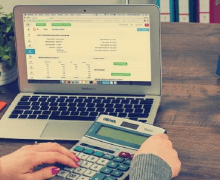
Multiple Exposures and Double Exposures
Double or multiple exposures can be accomplished with a unique camera setting. In digital photography, one image is exposed to two or more times. In analog photography, this effect is achieved by not moving the film any further.
Multiple Exposures – Double Exposure
You can also create multiple exposures in an image editor. There you’ve got all available time in the world and by working with levels much more possibilities. This article is about camera-internal multiple exposures. You don’t have all the command over the image result. But this can lead to great experiments that can deliver surprising results.
Equipment for Multiple Exposures
You need a camera with the capability to take double exposure photography . You can find this setting on Nikon cameras under Recording. The Nikon D5000 and D7000 series have integrated the feature.
- If you need exact positioning (full moon, subjects multiple times, etc.), use a tripod.
- For multiple exposures in the dark, a flash is suitable.
- Depending on the task you need a wire or remote release.
Camera Settings for Multiple Exposures
For Nikon SLRs, you can access the Multiple Exposures menu via Menu – Shooting – Multiple Exposures. You can select between two or three exposures for the multiple exposures.
You can select whether the camera should adjust the exposure or not. For example, if you shoot the same landscape twice, the exposure time will add up to an overexposed image. If you want to have the full moon three times in different places on the picture, turn off auto exposure adjustment. At the new location in the image, the moon will hit an underexposed black area.
If you want to control the exposure yourself, for example, because you want to have the blurred background slightly overexposed, set to M as manually and select the shutter speed and aperture itself.



















